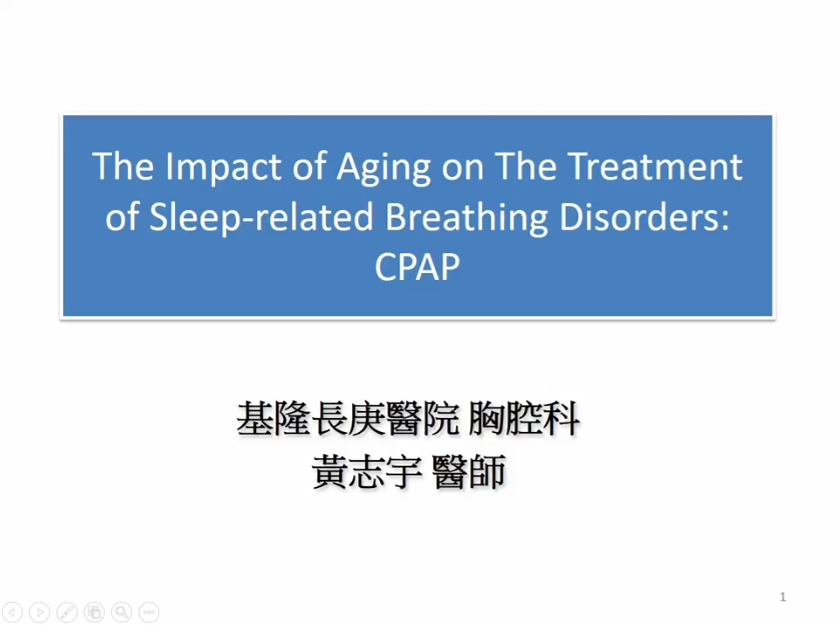
The population pyramid is changing as a result of the ever-increasing life expectancy, which makes it crucial to acquire an in-depth understanding of the diseases that most often affect the elderly. Obstructive sleep apnea (OSA) affects 15%–20% of the population aged over 65 years. Despite this prevalence, there have been very few specific studies on the management of OSA in this age group, even though over 60% of the patients aged over 65-70 years who attend sleep units with suspicion of OSA receive treatment with continuous positive airway pressure (CPAP), on the basis of an extrapolation of the positive results achieved by CPAP in clinical trials involving middle-aged males. However, the latter’s form of presentation, evolution and, probably, prognosis comparing with OSA are not the same as those of elderly patients. Recent clinical trials performed on an exclusive series of elderly patients have shed light on the possible role of CPAP treatment in elderly patients with OSA, but there are still many questions that need to be answered.